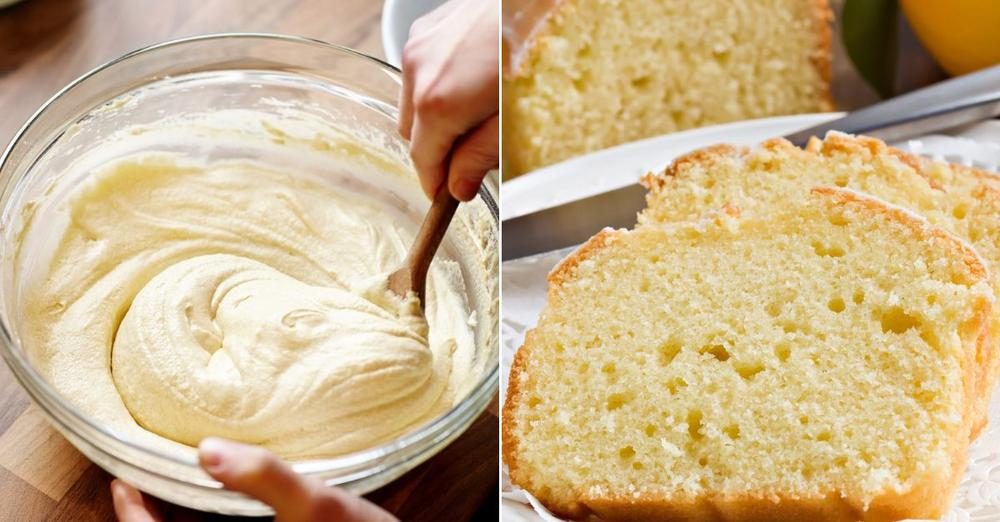9 Common Mistakes To Avoid When Making Pound Cakes
Making things like cupcakes, cakes, pound cakes, and cookies seems simple enough that many people often wonder why the easiest recipes they try to recreate end up failing. However, even pro bakers know that there are base rules that you must follow when preparing pound cakes.
;)
Pound cakes make great desserts and are called pound cakes because what it took to make them was simple. All you need is one pound of butter, one pound of sugar and one pound of flour and a couple of eggs.
Pound cakes usually require no leaveners or the addition of other flavors, so they need to be accompanied with a sauce or fresh fruit. However these days, there are many variants of pound cake.
Below are some mistakes you need to avoid when making pound cakes:

1. Measure accurately

When you're measuring dry items, use a spoon to move it into the measuring cup. Avoid dipping the cup in and make sure any extra bits don't fall into the batter. Should that happen, you'll experience more volume which can affect the moisture of your baking. For the wet ingredients, measure at eye level so you don't end up using more than the recipe requires.
2. Watch the sugar
Sugar can be divided into three main kinds: granulated, castor and powdered sugar. Granulated sugar is the most commonly used for but the brands sold in stores are usually more finely ground meaning more per cup. This is to be cautiously used as excessive sugar can make cake fall.
3. Use good butter

The quality of butter you use can greatly affect the outcome. It is much more advisable to bake with unsalted butter or grade A butter. Be sure to beat the butter properly because doing so will ensure that the cake rises in the oven.
4. Keep your ingredients at room temperature
This applies to butter, which should not be microwaved and melted. Using a cold ingredient in a batter created with ingredients at room temperature will lower the overall temperature.
5. Avoid overmixing

After you start mixing in the eggs, do it until it looks mixed up. If you over beat eggs and dry ingredients there is the risk of bringing in too much air, which can lead to dryness. It also activates gluten, which affects the texture of the cake.
6. Utilize the Cake Pan
Pay attention to the pan the recipe specifies because if you use something else, it might get ruined or take even longer than usual. Try to avoid intricate cooking pans because it can lead to uneven cooking.
7. Grease the pans

It is best to grease the pan with shortening and then dust it with flour. A pastry brush can help you reach the tight spots.
8. Watch the oven temperature
Preheat your oven to 15 degrees higher than what is required by the recipe but when the cakes go in, reduce it to the correct temperature. An oven's temperature reduces whenever the door is open but increasing it prior offsets that.
9. Let it cool completely

It is always best to allow your cake to cool in the pan on a rack for between 10-15 minutes. This way, cool air will be able to circulate around the whole pan and not just the top.
Pound cakes are a joy to enjoy and if the above rules are observed it is almost certain that whatever you make will come out perfectly.
;Resize,width=767;)
;Resize,width=712;)
;Resize,width=712;)

